Peru is undoubtedly one of the most fascinating countries in South America. Wherever you go, you will discover cultural and natural treasures that cannot be found anywhere else in the world. To preserve them, we ask ourselves how a trip like this can be made sustainable.
After all, we want to avoid disturbing sites like the ancient Inca city of Machu Picchu. The ruins have already been forced to close in 2023 due to erosion caused by too many visitors. Here you will find important tips and addresses for an environmentally friendly and respectful stay and, of course, many recommendations for travel regions, sights and activities.
The first part covers
- Travel preparations
- Sustainability
- Sightseeing and accommodation in the Andes and Southwest (Machu Picchu to Lake Titicaca)
The second part deals with
- Inkaterra Hotels and Inkaterra’s sustainable projects
- Vacation in the Amazon Rainforest
11 tips to travel sustainably in Peru
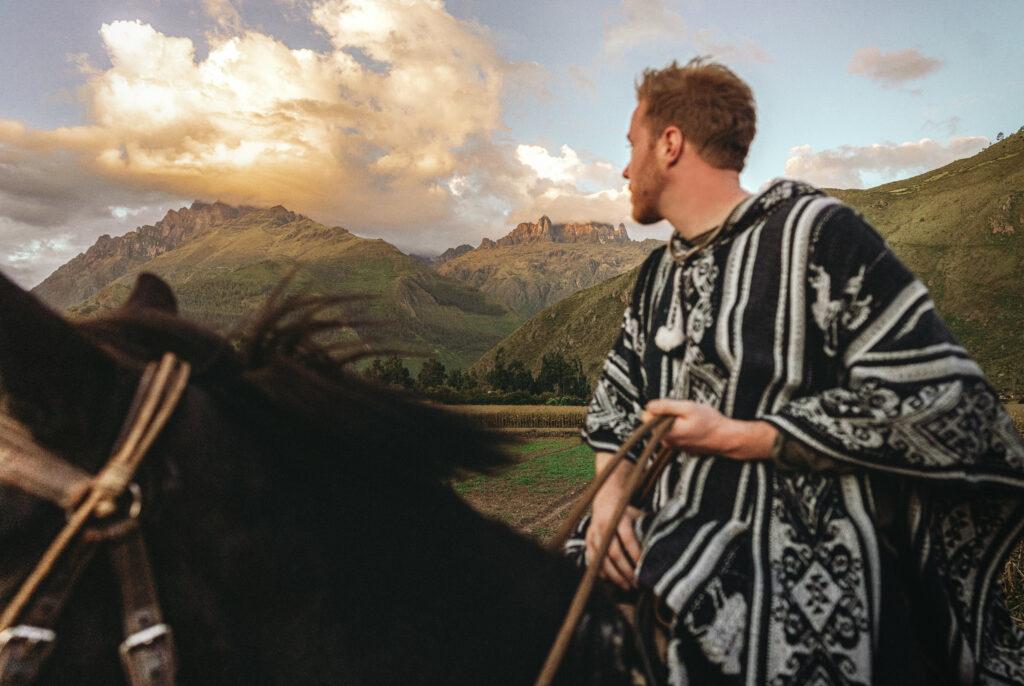
Mobility
- Environmentally friendly transportation: While it is often impossible to avoid taking a plane to get there, you can avoid domestic flights and use trains and buses instead. Tourist buses in Peru are comfortable, fully equipped coaches that run on daily schedules throughout the country.
- Offset your flight’s CO2 emissions with a climate partner: Of course, it is best not to produce CO2 in the first place. But if there’s no way around it, we think it’s better to at least pay a surcharge to offset it through carbon offset projects. This is often possible when booking through the airline (pay attention to where and how the offsetting is done!) or through companies like Atmosfair or MyClimate. In 2022, MyClimate completed a carbon offset project in Peru that provided about 400,000 households in Peru with modern cookstoves, so they no longer had to burn firewood in their homes (with inadequate ventilation). According to MyClimate, this project resulted in an annual reduction of 75,526 tons of CO2 and improved air quality for the population.
You can also read more about offsetting and climate neutrality in this blog post.
Planning your Trip
- Stay longer: To make the flight worthwhile, don’t just jet off to Peru for a short trip. Plan to spend more time in the country. That way, the local people will benefit more from your trip.
- Choose sustainable accommodation: For accommodation, we recommend Inkaterra’s sustainable hotels, which you’ll learn more about in a moment, and homestays are also a great option in Peru!
- Travel light: The weight of your luggage is very important in Peru! On various tours (even by train or bus) you will find a weight limit – sometimes you will even be asked not to bring any luggage (e.g. on tours into the jungle). Traveling light also saves energy (=resources) – both for you (imagine a heavy backpack) and for the means of transportation.
- Learn Spanish: You should learn a few words of Spanish before you leave. A little tip: instead of Buenos días (good morning), Buenas tardes (good day), Buenas noches (good evening), you can just say “Buenas” :-). You’ll hear this a lot in Peru.
In Peru
- Cut back: Tourists use much more electricity and water than locals. So be economical with these resources!
- Eat and shop locally: Of course, you will find McDonald’s and Starbucks in Peru. However, we recommend that you stroll through the colorful markets and eat with the locals. This is a great way to support the local community and get an authentic taste of Peruvian cuisine.
- Package-free shopping: In Peru, everything in supermarkets and markets is packed in plastic bags. You can avoid this by bringing your own bags. Our Peruvian partners report that this is popular.
- Avoid waste: Nowadays, especially in national parks, great care is taken to ensure that visitors do not leave litter in the wild. It goes without saying that you should also dispose of your waste properly outside the parks.
- Batteries: As a reminder, batteries and rechargeable batteries are only allowed in carry-on luggage. There are no recycling facilities for batteries in Peru, so it is best to bring rechargeable batteries with you or take them home for proper disposal (if possible in your country).
Acclimatization in Peru – Reasons, tips and prevention
Before we get to the country’s attractions, there is another important thing to consider: acclimatization. Depending on where you come from (e.g. Europe, North America or the Middle East), Peru’s climate will be very different from the one you are used to. It can take some time to adjust, and you should take this into account when preparing for your trip (and don’t take it lightly!).
Mountain acclimatization in Peru
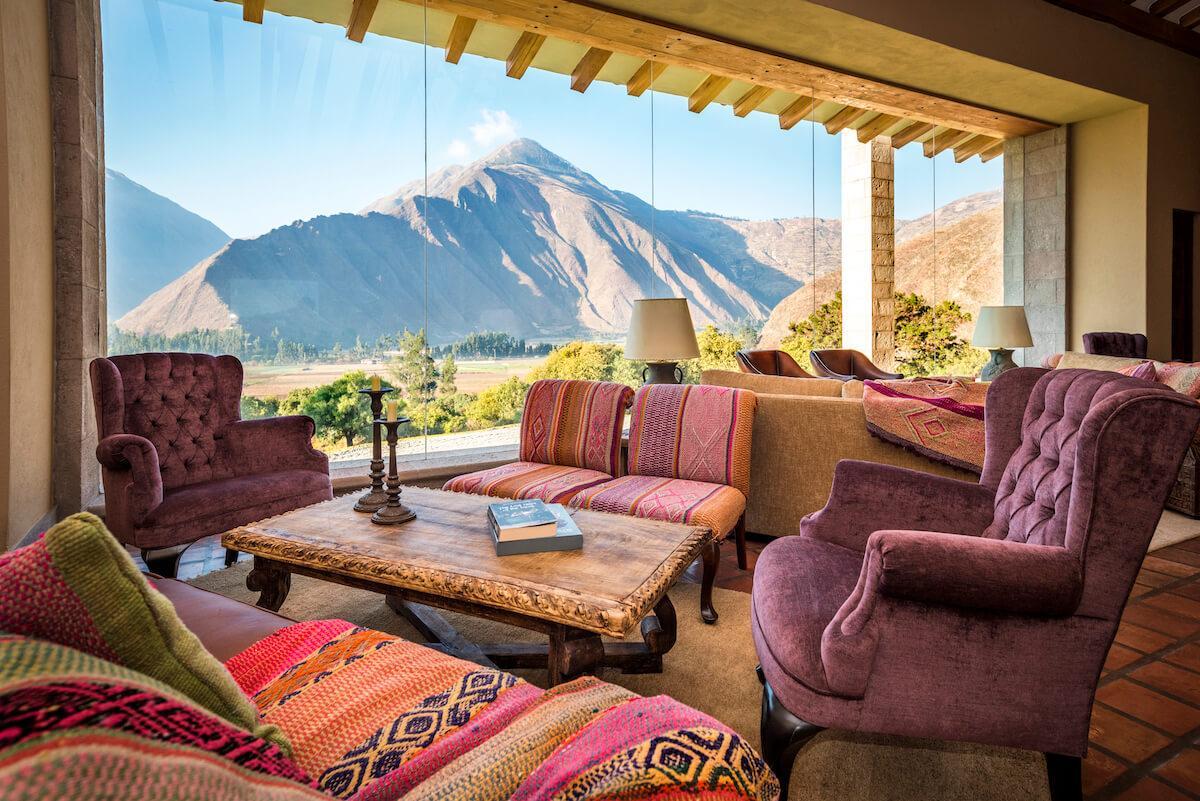
The Andes are the longest and highest mountain range in South America and include numerous six-thousand-meter peaks. (The highest mountain in Peru is Nevado Huascarán at 6,768 meters). Above 2,400 meters, the air pressure is 25% lower than at sea level. Your body will need to adjust. If you ascend to high altitudes too quickly, you run the risk of altitude sickness (headache, dizziness, nausea, etc.).
If you are traveling to Peru, you may want to start at lower altitudes to give your body a few days to adjust to the air.
First Machu Picchu, then Cusco
Machu Picchu is located at 2,400 meters and is the lowest point in the Cusco region. This makes Machu Picchu the perfect starting point for exploring the Inca cities. Here you will find the Inkaterra Machu Picchu Pueblo Hotel, which we will introduce later. Cusco itself is located at an altitude of 3,300 meters, the air pressure here is about 33% lower than at sea level, but if you have gotten a little used to the high altitude air beforehand, you should have no problems here.
Precautions against altitude sickness
- Ascend slowly to high altitudes and give your body time to adjust
- On the day of arrival, do not eat too much
- Do not plan any special activities for the day of arrival and the first day at altitude, just take it easy
- Do not consume any alcohol
The cuisine of Peru
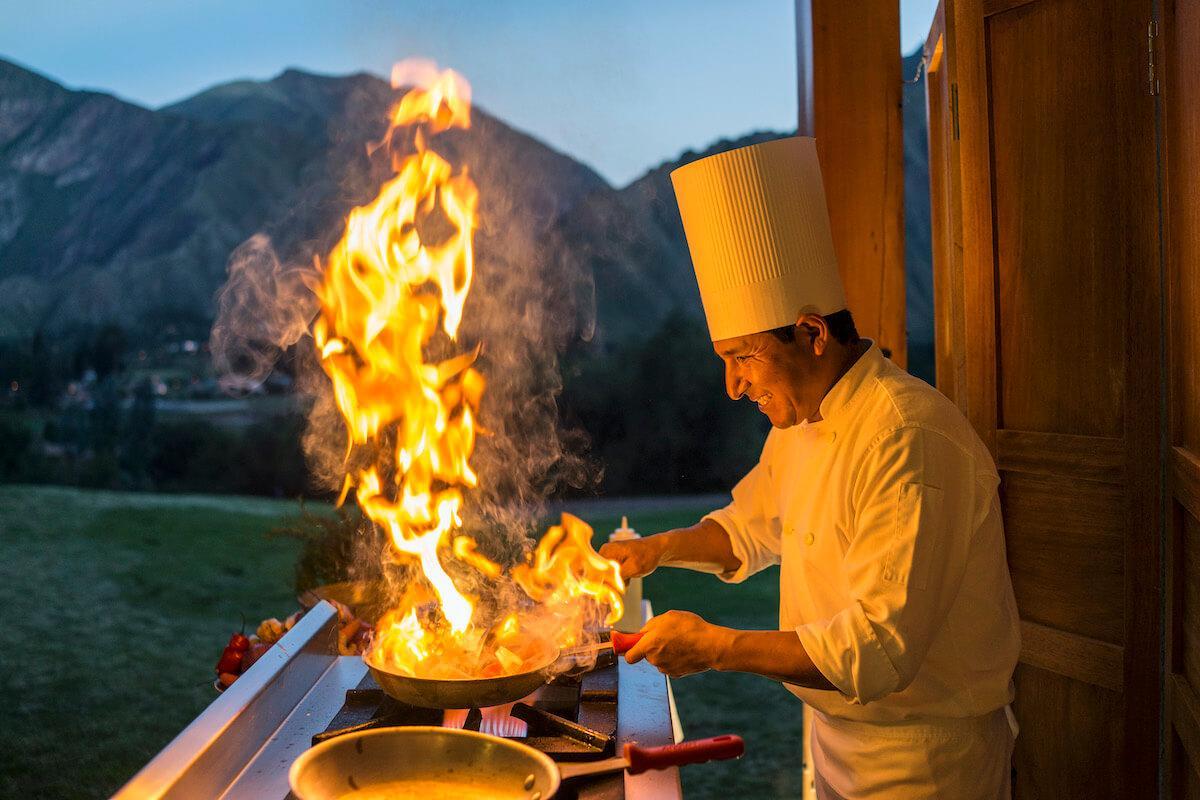
To discover Peru sustainably, be sure to try the local food! You can buy fresh produce cheaply at the markets, as well as local street food and in great little restaurants.
If you want to impress the Andean farmers, you can practice peeling potatoes at home. Many different types of potatoes are eaten here, and a good bride who is new to her in-laws must prove that she can peel even the “difficult” potatoes. 🙂
There are also a few specialties that may not be for everyone, such as ceviche (raw fish) or cuy (guinea pig), as well as many deliciously spiced bean and rice dishes or cornmeal desserts that are suitable for vegetarian travelers.
Discover the sights of the Cusco region in a sustainable way
As mentioned in the beginning, Peru has a wealth of sights and contrasts that you wouldn’t find in any other country! A desert by the sea, the famous Rainbow Mountains, cultural treasures of the Incas – there is so much to see that we can only highlight some of the main attractions. Of course, we have chosen them (randomly, as always ;-)) in the vicinity of our Green PearlsⓇ partners.
Machu Picchu
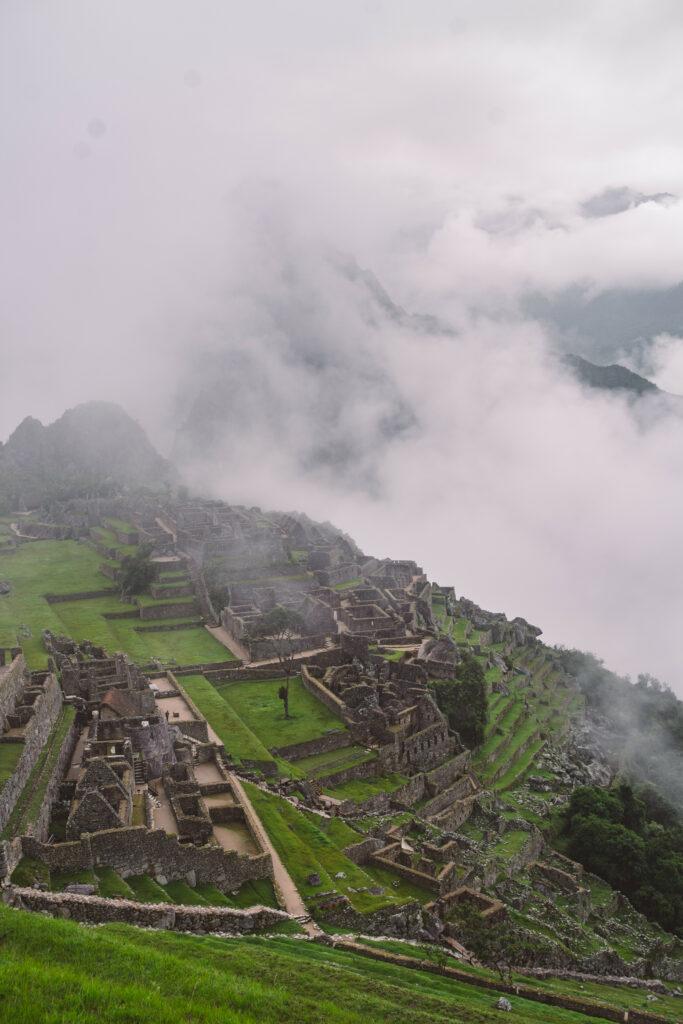
Who would travel to Peru without seeing the UNESCO World Heritage Site with their own eyes? Just climbing up to the ruins of the former Inca city amidst the mountains is so magical and fantastic that it’s thoroughly different from, say, visiting the pyramids in Cairo. You can reach Machu Picchu either by bus or on foot with a guide on the Inca Trail.
Machu Picchu in high or low season?
According to the Machu Picchu Center, the busiest months are June, July and August. This is mainly because many people go on vacation during this time, and it is also the dry season. This means a good chance of getting fog-free photos – but also plenty of other tourists.
It is more sustainable to travel in the off-season. This would be
- April or September (these two months are still part of the dry season)
- October to March (rainy season)
By taking advantage of the rainy season, you help spread out the crowds over the year, giving nature more time to regenerate. Water conservation, waste management, etc. can simply be better managed if tourism is spread out rather than rushed over a few months.
In addition, November to April is known as “orchid season” in Peru and is the best time to see the unique orchid collection at Inkaterra Machu Picchu Pueblo Hotel in full bloom.
Sustainable accommodation: Inkaterra Machu Picchu Pueblo Hotel
The hotel is located near the train station (eco-friendly travel) and was built as a small village with local materials in the style of Andean villages. Surrounding the rooms is a large estate with several charming trails allowing you to observe orchids (372 species of native orchids), birds (214 species) and butterflies (111 species).
Cusco – the former capital of the Incas
Cusco was the former capital of the Incas and considered itself the center of the world. You should visit the city if you want to delve deeper into the history of the Incas. Cusco also offers many colorful markets and tourist amenities such as Wi-Fi hotspots, ATMs, a tourist information office and good bus service.
Sustainable accommodation in Cusco: Inkaterra La Casona
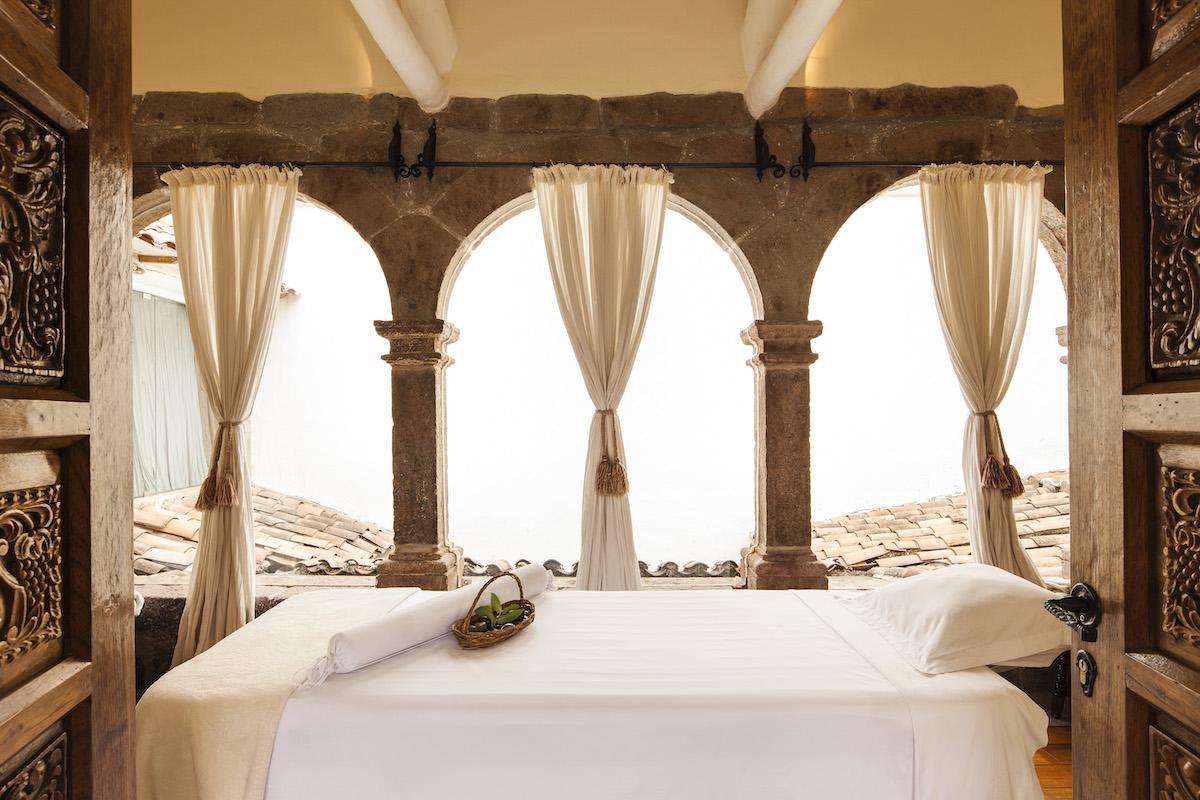
In Cusco, Inkaterra operates a luxurious hideaway in a restored 16th century mansion. Inkaterra La Casona consists of just 11 suites in the heart of the vibrant city. In addition to antique furniture, you will find restored frescoes on the walls, some of which are 500 years old. The boutique hotel is an excellent base for exploring the Cusco region, as most tours start here.
Recommended reading for the Cusco area
Inkaterra has recommended a few books in English to read before or during your trip:
- Footprints South American Handbook
- Moon Peru Handbooks
- Conquest of the Incas, by John Hemming
- The Inca Trail, Cusco & Machu Picchu, 3rd: Includes the Vilcabamba
- Trek & Lima City Guide (Inca Trail, Cusco & Machu Picchu: Includes Santa Teresa Trek) by Richard Danbury and Alexander Stewart
- The Last Days of Incas, by Kim MacQuarrie
Accommodation in the Sacred Valley: Inkaterra Hacienda Urubamba

Inkaterra Hacienda Urubamba is also located in the Cusco region. This hotel is located in the “Sacred Valley” between shimmering reddish mountains. The “holiness” probably comes from the fact that Urubamba is the most fertile valley in all of Peru and is therefore considered particularly “blessed”. It is ideal for family vacations and offers many opportunities for a gentle nature vacation. Inkaterra also allows you to meet and support local artisans and farmers.
Ruins of Ollantaytambo and the Salt Terraces of Maras
From Cusco, you can take day trips to many other Inca cities. After Machu Picchu, the most famous are the ruins of Ollantaytambo and the salt terraces of Maras.
Rainbow Mountains
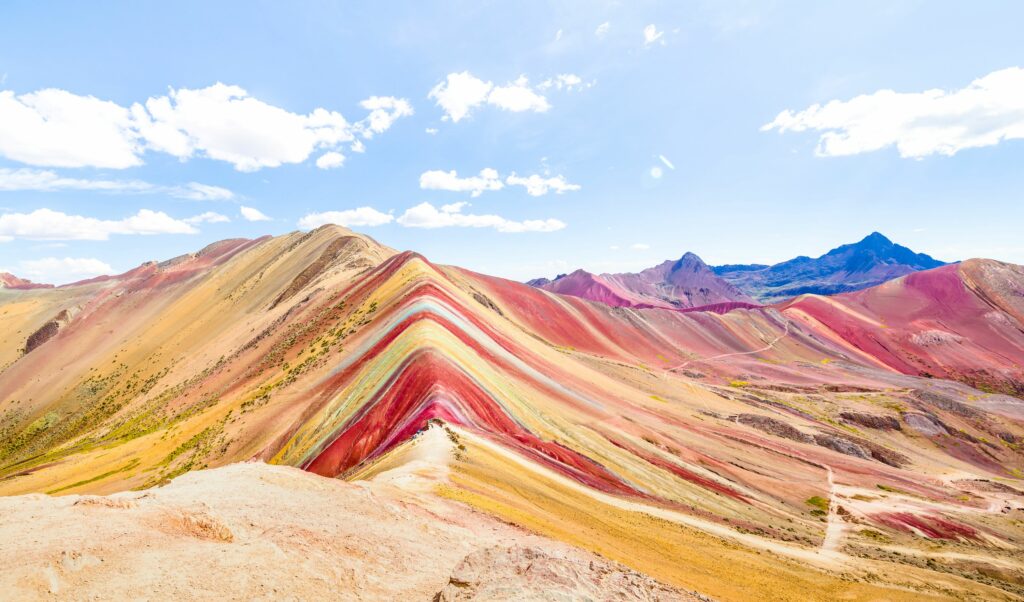
You should also visit the Rainbow Mountains if you are in the Cusco area – regular buses leave from Cusco itself. Please note – many leave at 3am, and you will need good shoes and a good level of fitness.
The Rainbow Mountains, at an altitude of about 4,000 meters, are striking for their magnificent colors. Combined with the mountain panorama they offer a fantastic nature experience and the trip is definitely worthwhile – but it is no longer an insider tip and with about 600 visitors per day it already falls into the category of mass tourism.
Southwestern Peru Sights
The south and southwest of Peru are for the most part desert. The Nazca Lines, visible from the sky, are famous and remain a mystery. However, visiting them from the ground is not as spectacular (as you cannot see them) and we do not recommend booking a flight over them for sustainability reasons. Many documentary filmmakers have done this for us and explained in their movies what the lines are all about! There are also many other great sights that you reach much more sustainably 😉
Paracas National Reserve – wildlife watching
The Paracas Peninsula and the Islas Ballestas are an absolute highlight for many Peru travelers. They are part of a nature reserve and offer a unique natural environment with a mixture of desert and sea. On a boat tour, you can see seals, penguins, dolphins and seabirds.
The reserve is located in the southwest of Peru, about 460 kilometers from Cusco.
Colca Canyon – Valley of the Condors
In the Colca Canyon you can see condors flying overhead. It is one of the largest birds of prey in the world. Its wingspan can be up to 3 meters, which is quite impressive! It belongs to the family of vultures, more specifically the New World vultures. For those looking for an exciting place to hike, the Colca Canyon is definitely an experience! And if you usually have the problem that you can’t see birds in the treetops – it’s not difficult here! (Because of their size, you can’t miss them – caption) 🙂
Lake Titicaca – Souvenirs from Uros
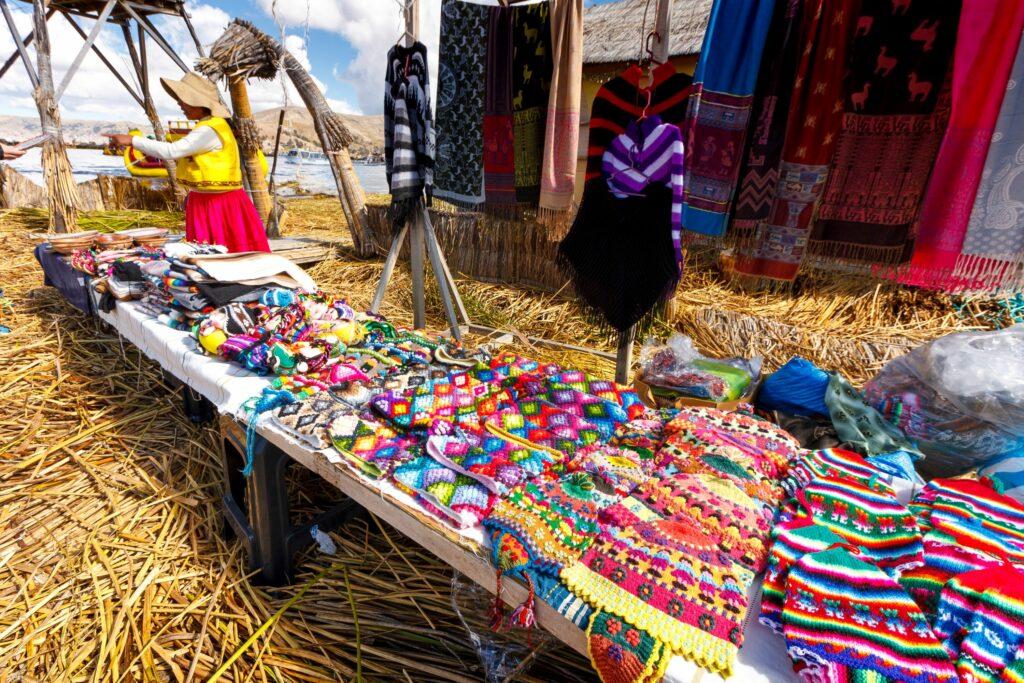
Not only does Lake Titicaca have a super cool name, but it is also beautiful. The lake sits on a plateau at nearly 4,000 meters and borders Bolivia on the other side of the water.
At Lake Titicaca, you can not only go boating and swimming (if you don’t mind the cold) but also learn about the culture of the Urus. They still live on floating islands, they build themselves out of totora reeds. Such an island lasts about 50 years and is continuously maintained by the Urus. In the past, the tribe lived mainly from fishing, but nowadays, tourism is an important source of income. Meaning you are now directly addressed. 🙂 You can buy all kinds of colorful things from them, such as handmade windchimes, hats, bowls, rugs, dolls, boats, necklaces, and so on. The ideal place to stock up on souvenirs for the long haul.
Sustainability in Peru – Connecting with Pachamama (Mother Earth)
Most of the 55 or so indigenous ethnic groups live in the Amazon region. Only four groups belong to the so-called Andean peoples. They have a special connection to the goddess Pachamama (Mother Earth) and everything that comes from her. Therefore, they focus their lives on creating a balance between different forces, practicing work, prayers, and rituals in harmony and gratitude with Mother Earth.
Tip: If you travel to Peru in August, you can participate in a “Pay the Earth” ceremony that takes place throughout the country during that month. You should make sure that you don’t fall into a “tourist trap”, but support the local population as directly as possible!
Even if we have no religious or spiritual connection to Pachamama, we should still try to appreciate and protect nature when we travel. This is true not only when traveling to and in Peru, but all over the world.
Save this article for your planning!
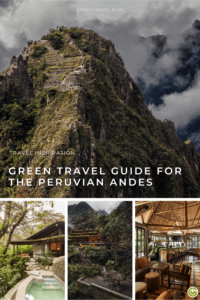
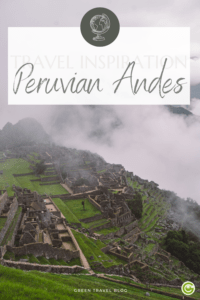





Rainbow Mountains have a unique attraction, there would hardly be anyone who would not stop at the post after seeing the photographs. I like your way of writing, Thanks!
Thank you for your comment and the compliment! Laura